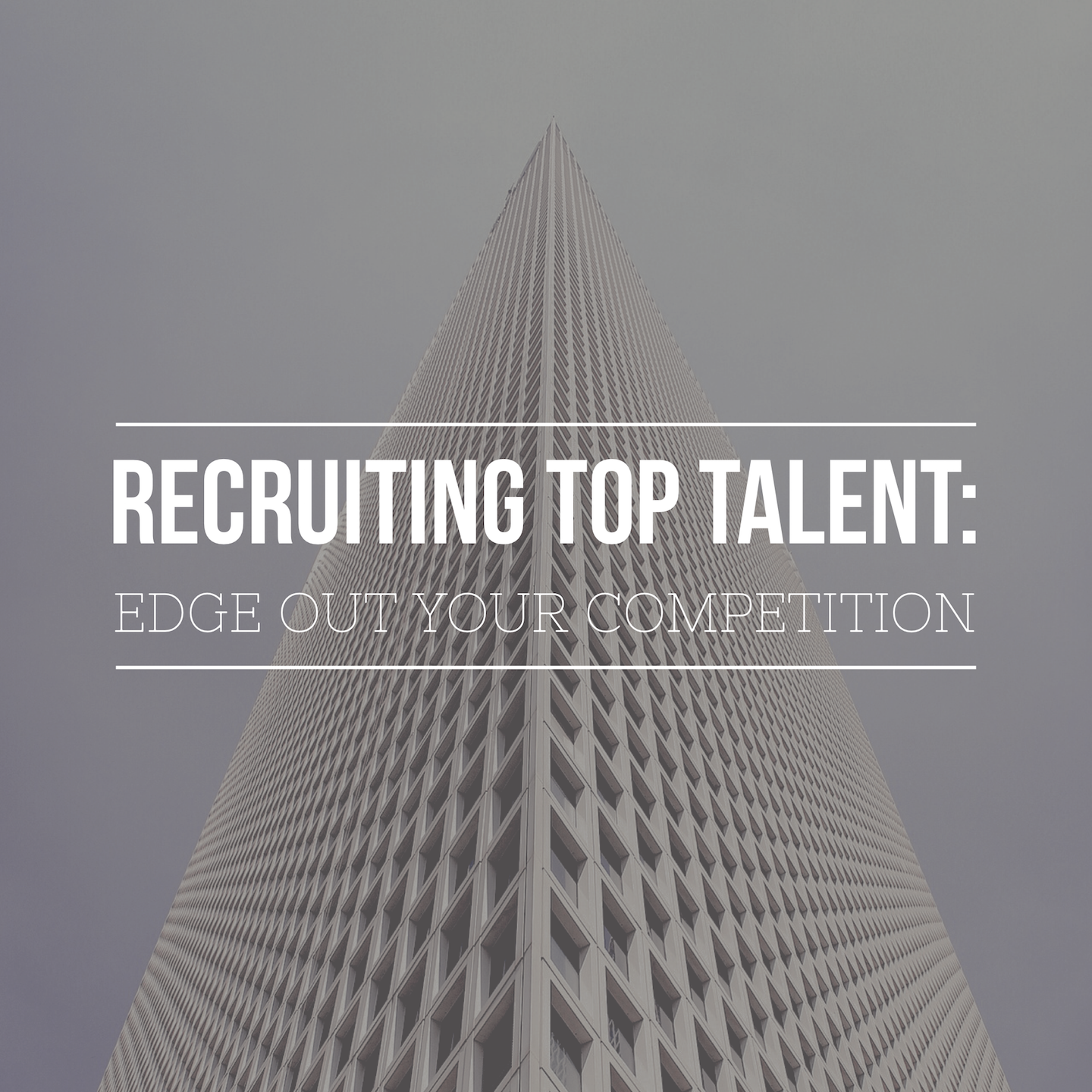Recruiting top talent is hard. First, you have to find the right candidates among the billions of people on earth.
Then, you have to engage them in just the right way so they even consider your opportunity. Finally, you have to close them – likely among other offers and a counter-offer.
These candidates have a choice in where they work, so you need to put your best foot forward at every stage of the recruitment process if you want to win them for your team. LinkedIn’s Why and How People Change Jobs has some data that can help you do just that.
Where to Find Top Candidates
The percentage of talent open to a new opportunity has increased: thirty percent are actively looking, fifty seven percent are reaching out to their network and open to hearing from a recruiter, and only thirteen percent are completely satisfied and don’t want to move.
This is a nice improvement over 2011, when twenty nine percent of candidates wouldn’t even consider making a move. This is great news for employers and direct hire agencies alike, who will have a much larger talent pool from which to find qualified talent.
57% of candidates are “warm passives,” reaching out to their network and open to hearing from a recruiter.
The top five ways people first hear about their new job are:
- Referrals
- Direct hire agencies
- Job boards
- Social professional networks
- Hiring manager outreach
It’s no surprise that employee referrals are the number one source of new jobs, since referred candidates are both pre-screened and pre-closed for you. Most, if not all, companies would prefer to find candidates exclusively through referrals if they could, but usually have to use other methods to find the right candidates in a timely manner.
Direct hire agencies, for instance, are frequently used to find candidates who are critical to the company – either because companies can’t find the right candidates through other means or because they need to fill the position quickly. Job boards, on the other hand, are more frequently used for entry-level candidates or job functions where there’s not a talent shortage.
It’s also worth noting that each generation is more likely to hear about a job through different methods. Baby boomers (aged 51+) are more likely to hear about a job through referrals, Gen X (36-50) through an agency, and Millenials (18-35) through a job board. Depending on the seniority level you’re trying to recruit, you may have better luck finding candidates through one method over another.
How to Engage Top Talent
Once you’ve identified a candidate, you must engage them – and keep them engaged throughout the entire recruitment process. Although you won’t know exactly what makes your candidates tick until you speak with them, your initial message needs to grab their attention and make them want to apply.
The best way to find these candidates for your organization is to define and promote your employer brand. Tell your candidates what makes your company unique, and why they should want to work there.
Your goal, however, is not to reach the broadest group of candidates – it’s to reach the right group of candidates. Be honest about what your organization can offer so you can both hire and retain top talent.
Find out early what motivates your candidates, and revisit those motivations often to show the candidate how your company will be the best fit for them. If your candidate is looking for a stronger career path, set up a meeting with someone who started in a similar role and has since been promoted.
If your candidate is leaving their current role because they are unsatisfied with senior leadership, allow them to spend some time with members of your leadership team.
Keep candidates engaged by offering a great candidate experience—to all candidates. The candidate you reject now could be someone you want to hire down the road, or they may know someone you want to hire. Make it easy for candidates to work with you, whether it be applying, contacting you, or negotiating offers.
Forty five percent of candidates say the biggest obstacle in finding a new job is applying and not hearing back. Twenty four percent said it was facing difficulty negotiating salary, title, role, etc. Seventeen percent said it was having false assumptions or stereotypes made by interviewers, and thirteen percent said it was having a negative experience with the interviews and interviewers.
By removing these obstacles, your candidates will have a more favorable experience with your company and will be more likely to want to work with you – giving you the pick of the litter.
How to Close the Deal
Finally, when it’s time to close, you will have already found and engaged the best people on the market—but other companies (including the candidate’s current employer) may have done the same.
When the time comes to close your candidates, revisit the candidate’s motivations for finding a new role and reiterate how your company fits the bill. Tell them why you want to hire them, and ask what it would take for them to accept an offer.
While opportunity is the main reason people leave their current job, and accept a new one, compensation and employee benefits is a close second—and seventy four percent of candidates get an increase in salary in their new jobs. If you want to close, your best bet is to be competitive in both areas.
Recruiting isn’t easy, but it is well worth the investment.
What are you doing to recruit top talent?

.png?width=801&height=222&name=BoJo%20-%20A%20R.com%20Co%20Logo%20(1).png)
